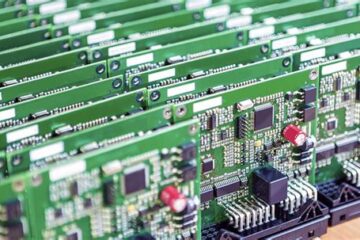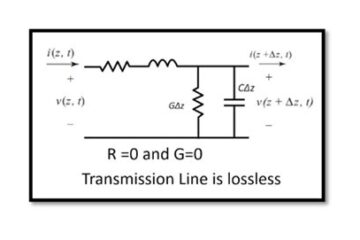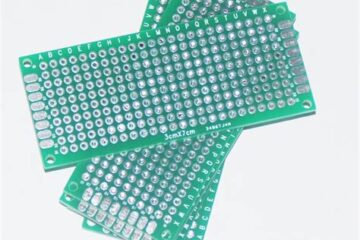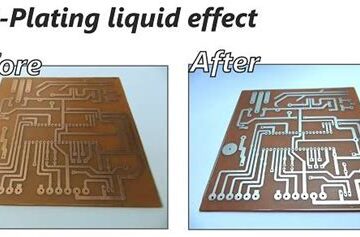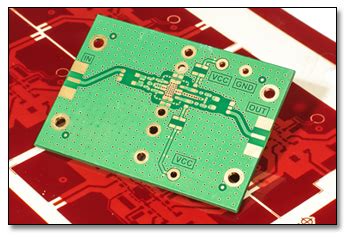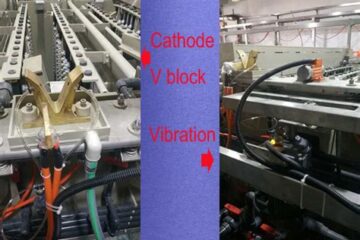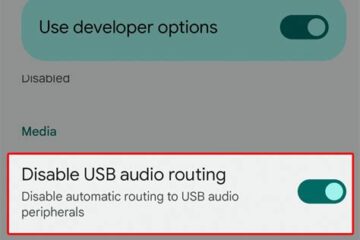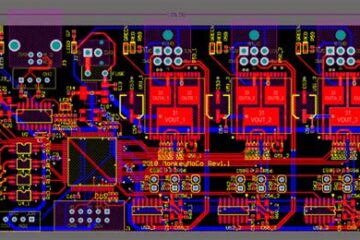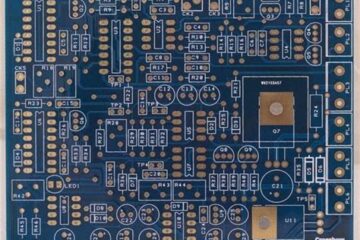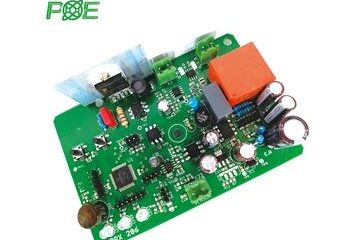PCBA
Find Cheap 4 Layers PCB Manufacturer
Introduction to PCB Manufacturing Printed Circuit Boards (PCBs) are the backbone of modern electronics. They provide a platform for electrical components to be connected and integrated into a functional circuit. PCBs come in various types, with the number of layers being one of the key distinguishing factors. In this article, we will focus on 4-layer PCBs and how to find a cheap and reliable PCB Manufacturer. What are 4-Layer PCBs? A 4-layer PCB is a Read more…
